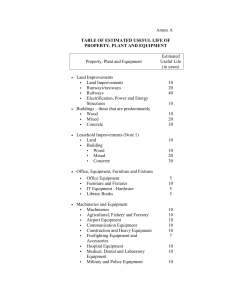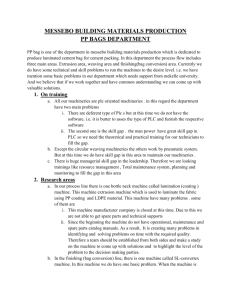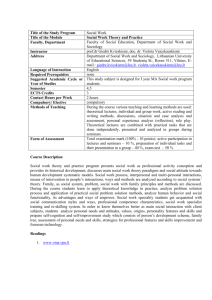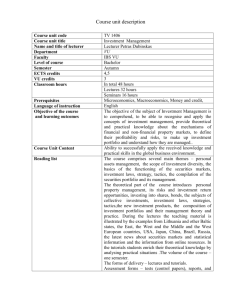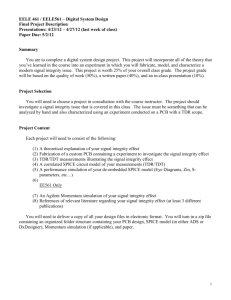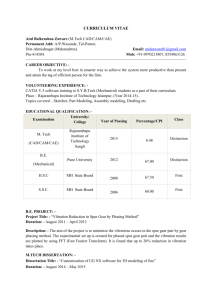Bachelor/Master Mechanical Engineering
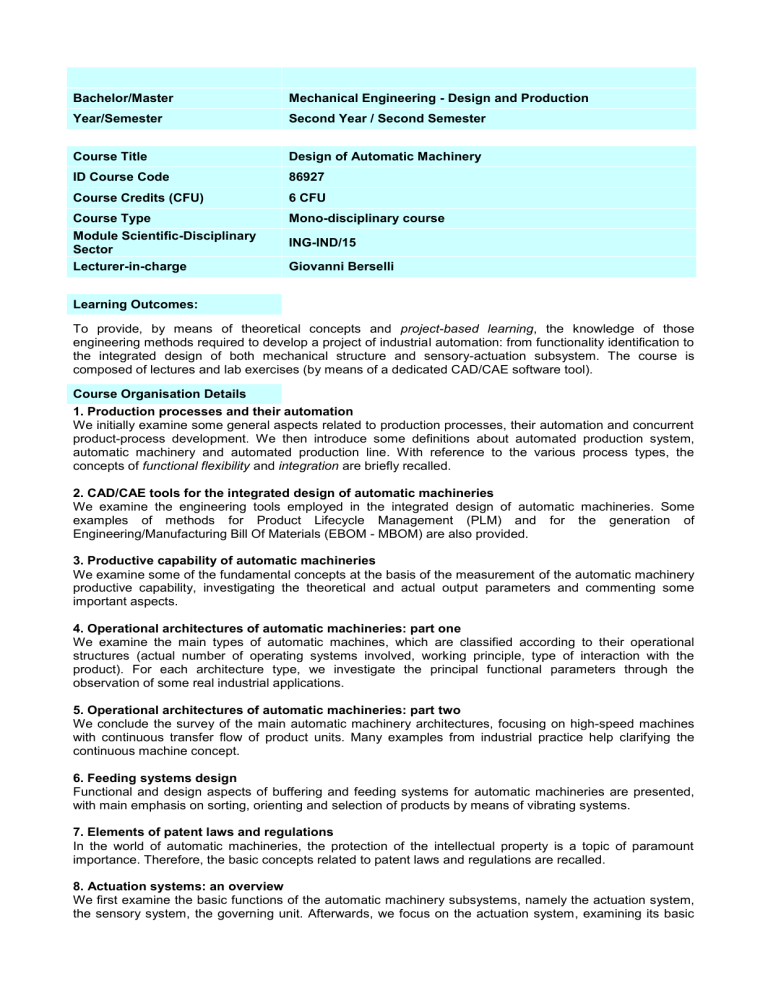
Bachelor/Master
Year/Semester
Course Title
ID Course Code
Course Credits (CFU)
Course Type
Module Scientific-Disciplinary
Sector
Lecturer-in-charge
Learning Outcomes:
Mechanical Engineering - Design and Production
Second Year / Second Semester
Design of Automatic Machinery
86927
6 CFU
Mono-disciplinary course
ING-IND/15
Giovanni Berselli
To provide, by means of theoretical concepts and project-based learning , the knowledge of those engineering methods required to develop a project of industrial automation: from functionality identification to the integrated design of both mechanical structure and sensory-actuation subsystem. The course is composed of lectures and lab exercises (by means of a dedicated CAD/CAE software tool).
Course Organisation Details
1. Production processes and their automation
We initially examine some general aspects related to production processes, their automation and concurrent product-process development. We then introduce some definitions about automated production system, automatic machinery and automated production line. With reference to the various process types, the concepts of functional flexibility and integration are briefly recalled.
2. CAD/CAE tools for the integrated design of automatic machineries
We examine the engineering tools employed in the integrated design of automatic machineries. Some examples of methods for Product Lifecycle Management (PLM) and for the generation of
Engineering/Manufacturing Bill Of Materials (EBOM - MBOM) are also provided.
3. Productive capability of automatic machineries
We examine some of the fundamental concepts at the basis of the measurement of the automatic machinery productive capability, investigating the theoretical and actual output parameters and commenting some important aspects.
4. Operational architectures of automatic machineries: part one
We examine the main types of automatic machines, which are classified according to their operational structures (actual number of operating systems involved, working principle, type of interaction with the product). For each architecture type, we investigate the principal functional parameters through the observation of some real industrial applications.
5. Operational architectures of automatic machineries: part two
We conclude the survey of the main automatic machinery architectures, focusing on high-speed machines with continuous transfer flow of product units. Many examples from industrial practice help clarifying the continuous machine concept.
6. Feeding systems design
Functional and design aspects of buffering and feeding systems for automatic machineries are presented, with main emphasis on sorting, orienting and selection of products by means of vibrating systems.
7. Elements of patent laws and regulations
In the world of automatic machineries, the protection of the intellectual property is a topic of paramount importance. Therefore, the basic concepts related to patent laws and regulations are recalled.
8. Actuation systems: an overview
We first examine the basic functions of the automatic machinery subsystems, namely the actuation system, the sensory system, the governing unit. Afterwards, we focus on the actuation system, examining its basic
functions, components, and possible architectures (mono- or multi- actuation systems). Some details about the optimal selection of servo-drives components are also provided.
9. Design of Vacuum Handling Devices
The basic principles of vacuum circuits commonly used for manipulation purposes are described. After a short introduction about the vacuum cups functioning concept, the methods and tools for the computer-aided design of Vacuum Handling Devices are presented.
10. Lab Exercises: Software CAD/CAE per la progettazione integrata
The Lab Exercises require the use of a dedicated CAD/CAE software for the integrated design of automatic machineries. After the first six weeks of lectures, the students will be requested to solve an industrial case study, with the constant support of the lecturer.
Assessment hours
Lectures
Practice
Laboratory
24.0
24.0
0.0
Integrative activities 0.0
References
Compulsory Textbooks
Lecture notes and video tutorials provided by the lecturer (available on AulaWeb).
Consultation Textbooks
G. Pahl and W. Beitz, Engineering Design: A Systematic Approach, 2nd ed. Springer, 1998.
Organization and examinations
The course is structured into equally subdivided theoretical and practical lectures. The examination consists in an oral test composed of two parts:
1) Project evaluation.
The industrial project developed by the students throughout the course will be critically discussed. Part 1 is worth 50% of the overall grade.
2) Knowledge assessment of theoretical concepts , involving a discussion of the engineering notions presented during the lectures.
Part 2 is worth 50% of the overall grade.
The final grade is computed as the mean value of the marks obtained in Part 1 and Part 2.
Pre-requisites
Basic knowledge of any 3D CAD software (e.g. PTC Creo)
